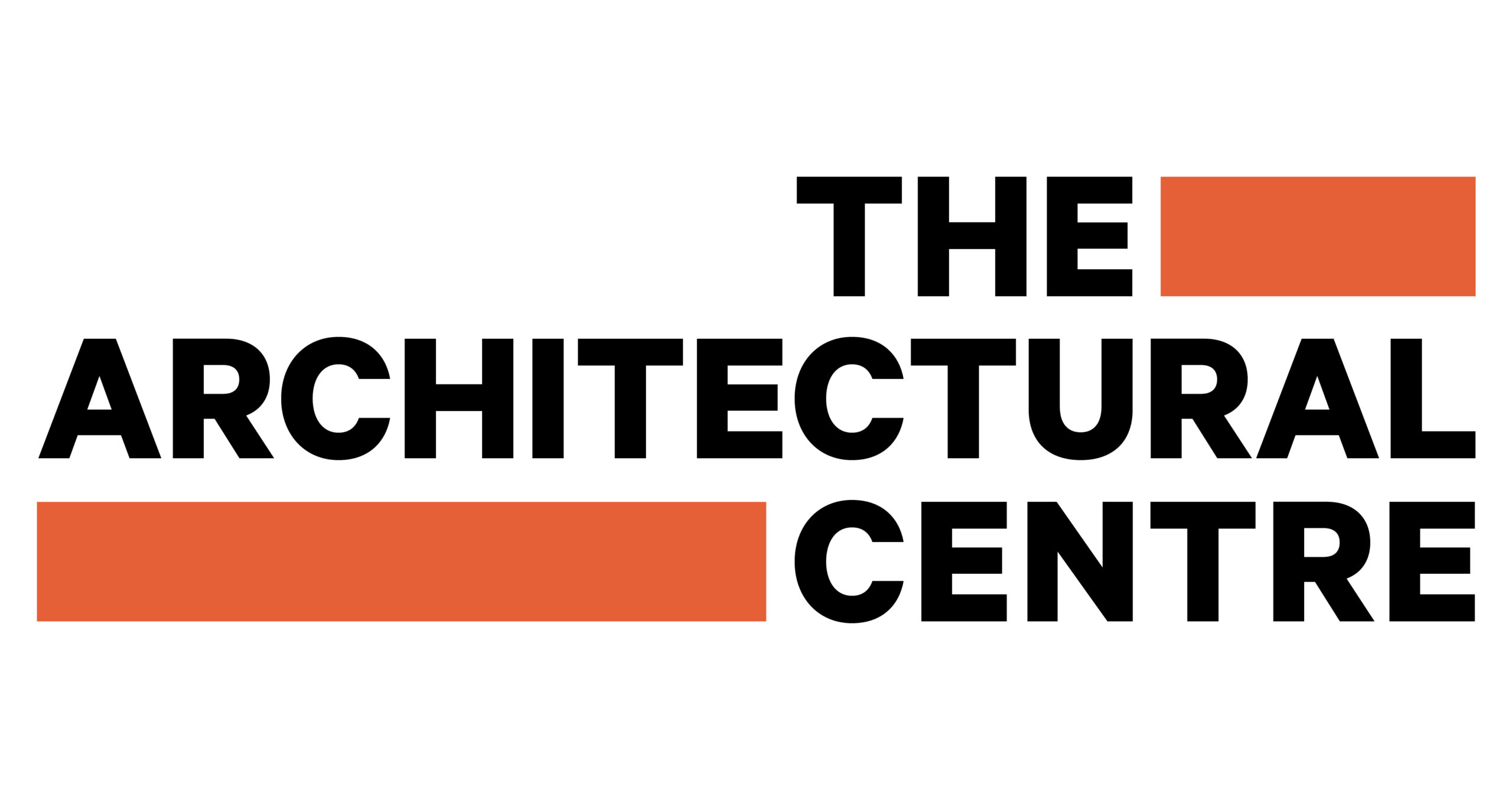The Pike River Mining disaster has been cited as the worst mining disaster in New Zealand history. The recent news, that it is increasingly likely that the 29 men’s bodies will remain incarcerated in the mine, raises the issue of what to do with the site, particularly how to commemorate this event.
The mine, now a grave site, will no doubt require a physical memorial; the epitome of architecture – if Adolf Loo’s assertion that only the tomb and the monument are architecture is believed. Yet this West Coast site is also aggressively one demanding a landscape response, and landscape architects and architects would understand such a site quite differently.
The architecture of memorial is often a sober and increasingly abstract field of design.

Maya Lin’s Vietnam Veterans Memorial (1981-1982) is a key example of this memorial aesthetic, and contrasts less ambitious designs of memorials of tragedy, such as the Port Arthur Memorial Garden, which is dedicated to the 35 killed in 1996 in a shooting massacre.
More recently the London Bombings Memorial (Carmondy Groarke, 2008), England, and the Firemen Tragedy Memorial (Radionica Arhitekture, 2010), Kornat Island, Croatia (commemorating the death of 13 firemen in a wildfire) have continued the interest in grand abstract gestures.
How then should the Pike River disaster be physically remembered? and is a new structure/ memorial/ tomb is appropriate? or should the men and the mine simply be left in peace? Is design (landscape architecture or architecture) the right medium to commemorate such traumatic events and to remember those killed? How does a tomb differ from a memorial in terms of design?
Eva Hagberg’s “How Architecture Commemorates Tragedy” (2005) recounts a panel discussion held in May 2005, “Remembering the Unimaginable: Berlin and New York,” and the panelists’ views on architectural remembering. Issues of commemorative and regenerative memorialising, and the limits and potency of architectural representation were raised, as well as questioning the validity of spending millions of dollars on memorials when the money might be better spent helping survivors and victims. This was a debate also voiced regarding the Bhopal Gas Tragedy.
These are important issues, and perhaps it is time that the discussions about the Pike River catastrophe begin to engage with them. Perhaps it is also time then that an open design competition for proposals be initiated.









Leave a Reply